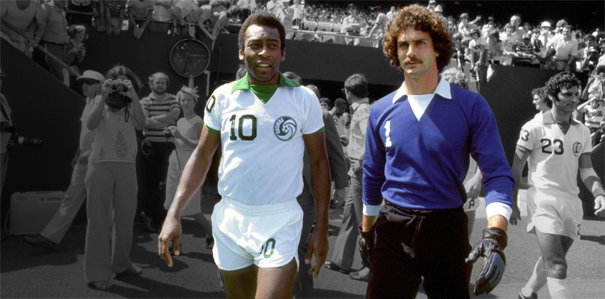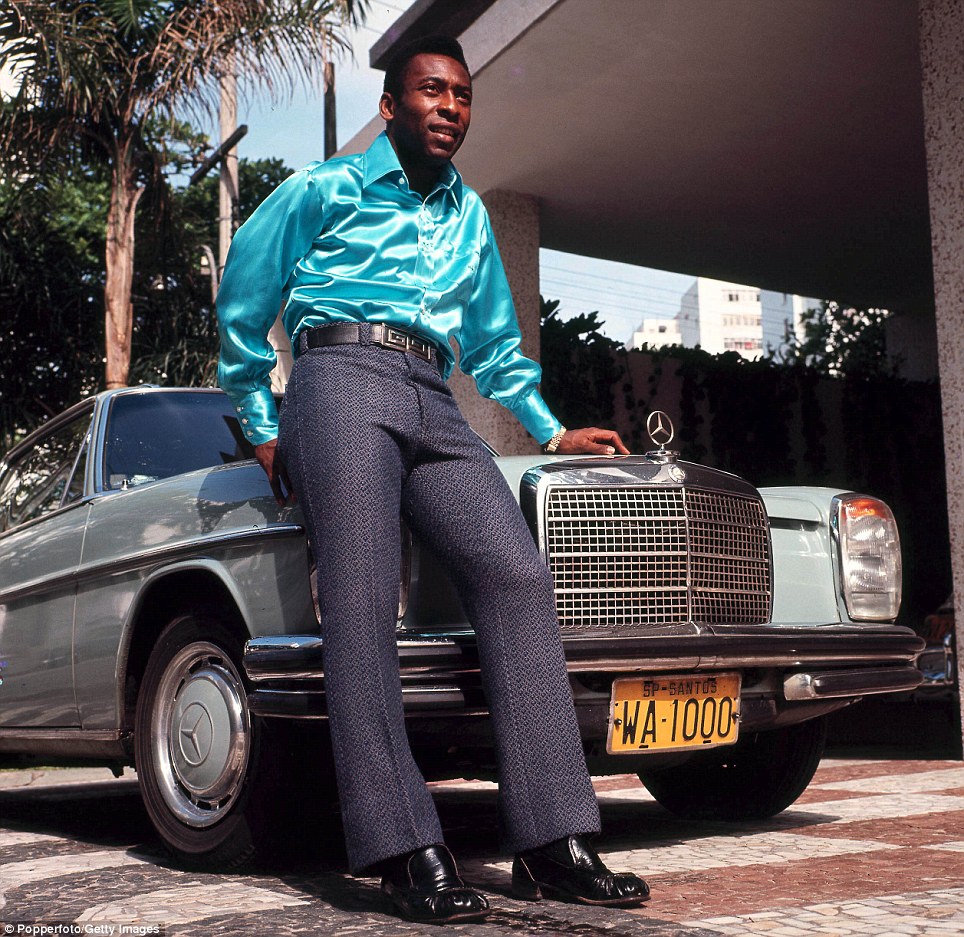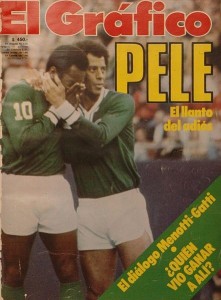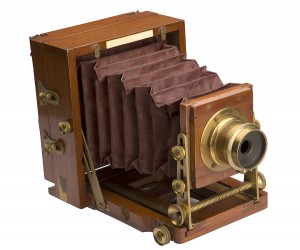It looks like the U.S.A. has finally fully embraced the world’s game during this year’s World Cup, and that’s largely due to globalization and ESPN’s investment in the sport. There’ve previously been great individual soccer moments in our country’s history, from Joe Gaetjens’s goal against England in the 1950 World Cup to our women’s team triumphing in 1999, but the only earlier period where football (the one where players primarily use their feet) seemed to have permanently earned a place in the American psyche was when the New York Cosmos dominated the North American Soccer League during the 1970s and 1980s. It turned out to be a false start, but for a brief, shining moment, giant stadiums, including Giants Stadium, were teeming with crazed soccer crowds. Even though the league soon lost its lustre, it did get children to start playing the sport en masse, an important step in our development.
The opening of a 1977 People article by Ira Berkow about Shep Messing, the Cosmos’ deft and sometimes daft goalie during the NASL’s heyday:
“In 1973 the struggling North American Soccer League needed some exposure. New York Cosmos rookie goalie Shep Messing took his obligation literally—he posed nude for Viva magazine’s centerfold. ‘It was publicity; I made some money, but it was a goof,’ Shep admits. ‘It’s something I wouldn’t do now.’
He doesn’t need to. Soccer is booming. Messing and his Cosmos teammates, who used to play ‘the immigrants’ sport’ in front of 600 loyal fans, are now packing 60,000 into the new Meadowlands Stadium in New Jersey. Playing alongside renowned foreigners like Pelé, Franz Beckenbauer and Giorgio Chinaglia, the flamboyant Messing, a Harvard graduate from Long Island, has helped keep the Cosmos at the top of the 18-team league. His 60-yd. kicks and ferocious attacks on every round object that approaches the goal have made Shep one of soccer’s most valuable players.
Yet his biggest contribution to the sport may be as its reigning sex symbol and all-round eccentric. ‘You have to be a little nutty to want to be a goalie,’ Messing says. ‘Who else would want to face a free kick at 90 mph?’ In one confrontation during a penalty kick, Messing suddenly stripped off his jersey, waved it wildly and screamed. His rattled opponent then booted the ball two feet over the goal. As if to prove his theory that ‘goalies are always doing something weird to hang on to their sanity,’ Messing has showed up for games dressed in funereal black. Last year he wore skintight shorts; this season he is favoring baggy outfits.
But Shep insists that at 27 and after ‘brutal’ battles around the goal—which have resulted in surgery on his thigh, knee, elbow and shoulder—he is toning down his act. ‘At first I thought the reputation would be marketable, promotable,’ he says. ‘In retrospect, that wasn’t accurate. But I’m finding it’s harder to change an image than to build one.'”




